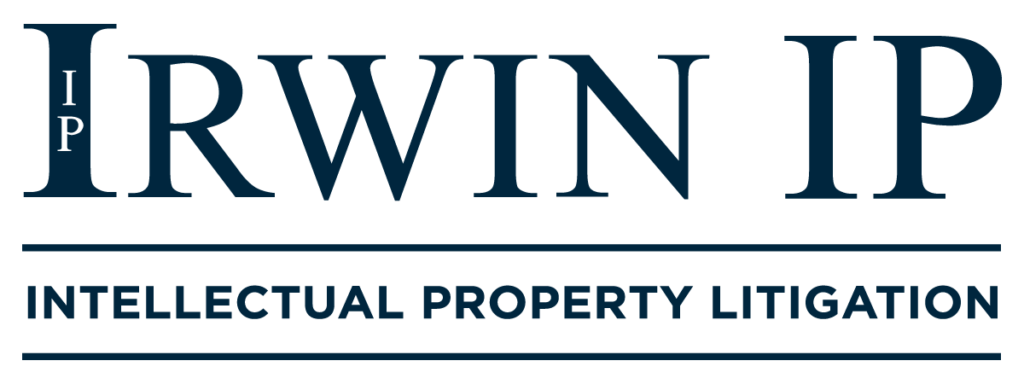
On May 12, 2025, the U.S. Court of Appeals for the Federal Circuit vacated the Patent Trial and Appeals Board’s (“PTAB”) conception ruling in favor of Broad Institute, MIT, and Harvard College (collectively “Broad”) and against the University of California, University of Vienna, and Emmanuelle Charpentier (collectively “Regents”). The Federal Circuit held that the PTAB applied an incorrect legal standard for conception and failed to properly consider whether routine techniques in the field could enable reduction to practice. The court remanded the case for further proceedings on conception, clarifying that the bar requires something more than “general hope” but less than certainty.
This case concerns the dispute over who first invented a method of using CRISPR-Cas9 with single-guide RNA to edit DNA in eukaryotic cells. In March 2012, the Regents’ team created chimera A by linking tracrRNA and crRNA sequences. They published their work in Science in June 2012, demonstrating that CRISPR-Cas9 could cut DNA in test tubes using chimeric sgRNA, and presented these findings at a public scientific conference. In July 2012, the Regents tested eukaryotic DNA editing through microinjection in fish embryos and expression vectors in human cells. Following the Regents’ presentation, Broad’s team used the disclosed system for their own eukaryotic DNA editing experiments and published their results in Science. Both teams filed competing patent applications, leading to the interference proceeding at issue in this appeal.
The PTAB initially ruled that Broad’s team first achieved priority for using CRISPR-Cas9 in eukaryotic cells, finding that Broad reduced their system to practice by October 5, 2012, through their Science submission, before the Regents could prove conception. The Board ruled against the Regents based on their scientists’ statements of uncertainty about whether their experiments had successfully achieved the genetic effects in eukaryotic cells, along with their suggestions for system modifications. The PTAB concluded these expressions of doubt meant the Regents lacked the “definite and permanent idea” required for conception. Neither the Regents’ first provisional application (May 2012) nor their second (Oct. 19, 2012) demonstrated constructive reduction to practice, and their third (January 2013) came after Broad’s priority date.
The Federal Circuit ruled that the PTAB wrongly required the Regents to prove their invention would work in eukaryotic cells, conflating the legal standards for conception and reduction to practice. The Federal Circuit clarified that an inventor need only have “a definite and permanent idea of the complete and operative invention” that can be reduced to practice by a person of ordinary skill without undue experimentation or extensive research. Thus, certainty of success or experimental proof is not needed. The Federal Circuit also faulted the PTAB for ignoring inventor and third-party evidence that the invention worked using routine methods. The Court remanded for a reconsideration of conception under the correct legal standard, giving Regents another chance to establish priority. Overall, this case emphasizes that conception is a lower bar than reduction to practice and what matters is the completeness of the inventive idea, not proof of operability.
